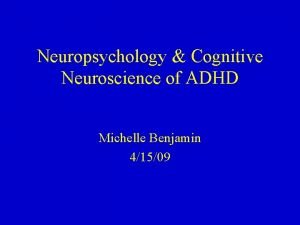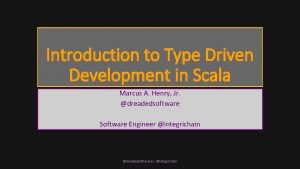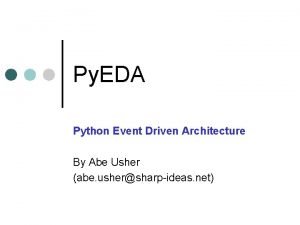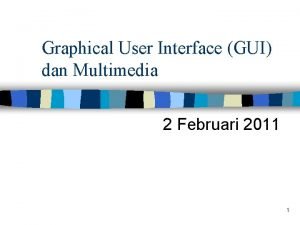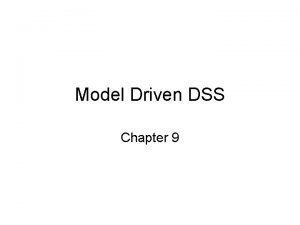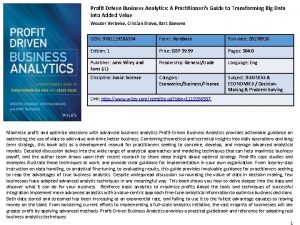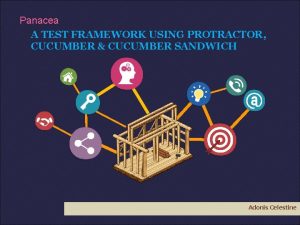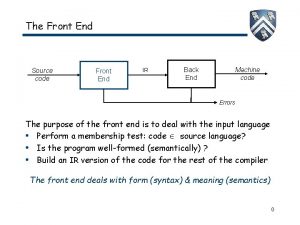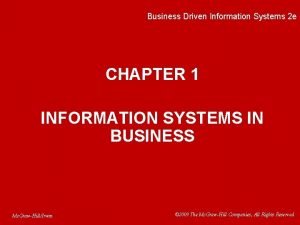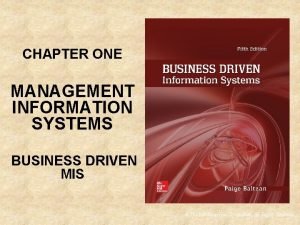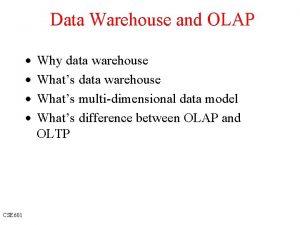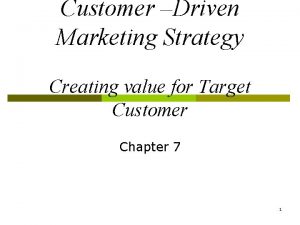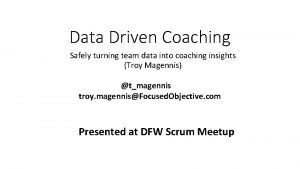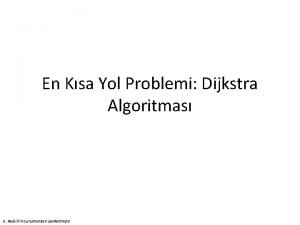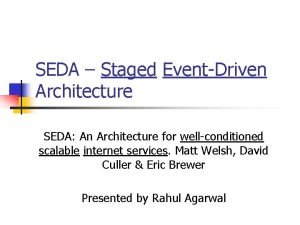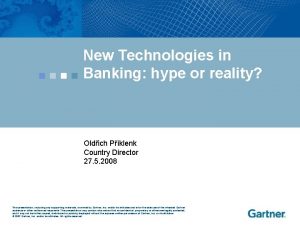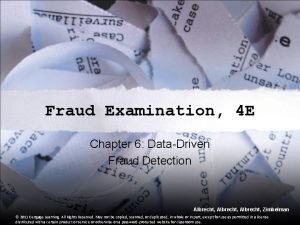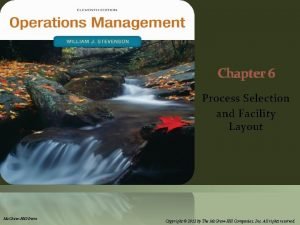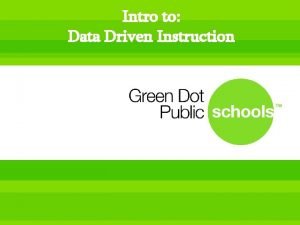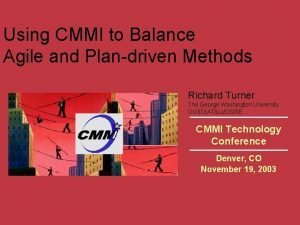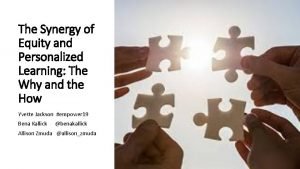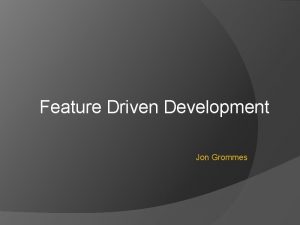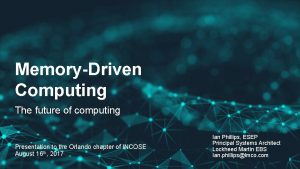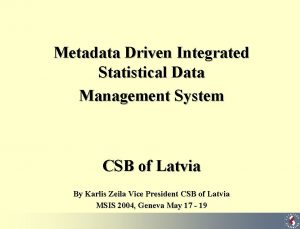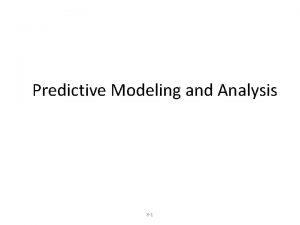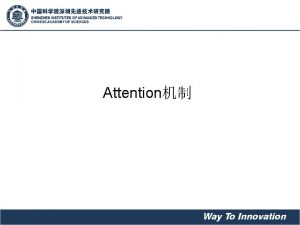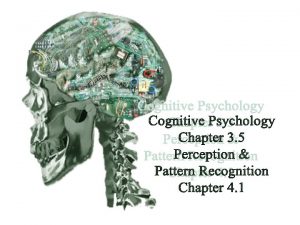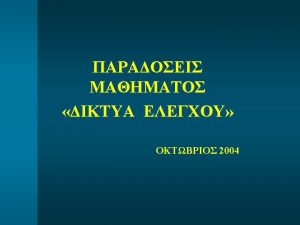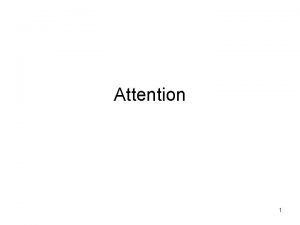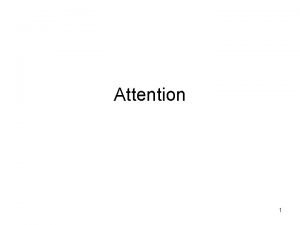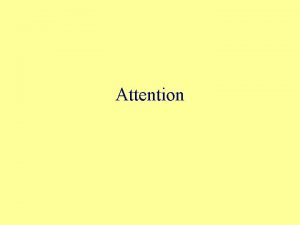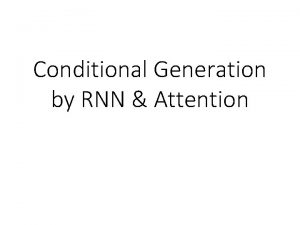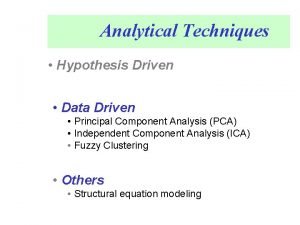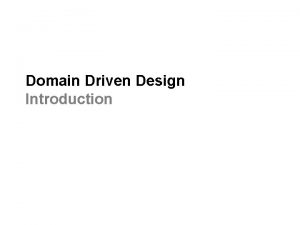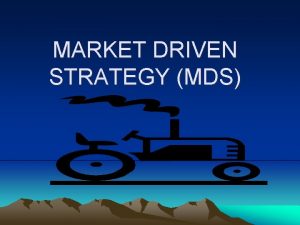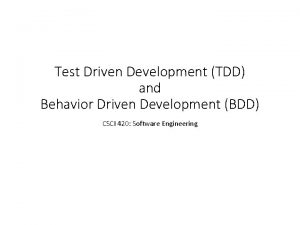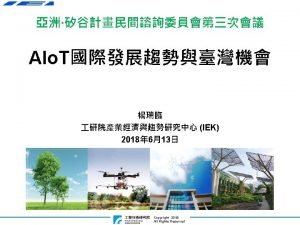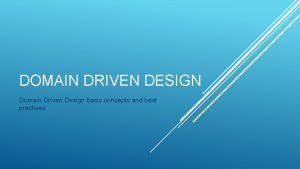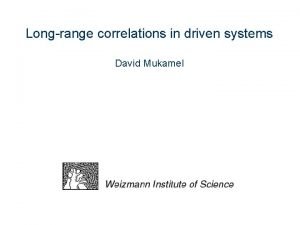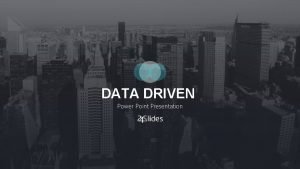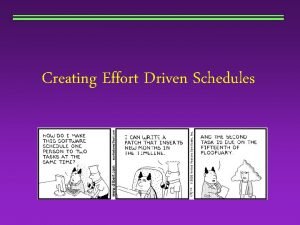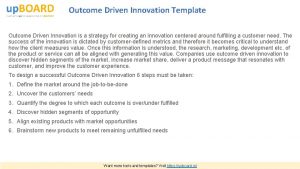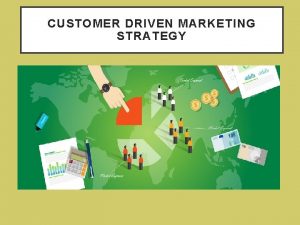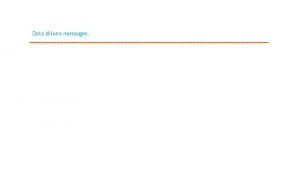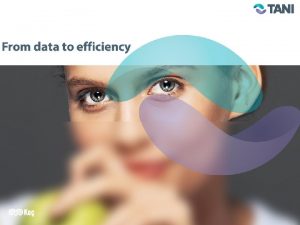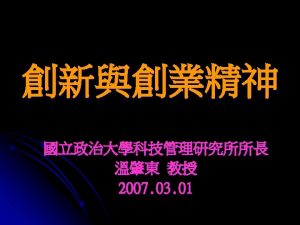Outline Attention Attention as a resource Driven to





























- Slides: 29


Outline • Attention » Attention as a resource ◊ Driven to distraction » Hemineglect » Consciousness Study Question. • What is the red dot test and how is it used to test for self-awareness. 2/13/2022

Attention • The cell phone diversion » Strayer’s Research ◊ Used a driving simulator – Single vs. dual task – Hands free vs. hand held No difference ◊ Can drivers recognize objects that they have fixated on? – Recognition accuracy for fixated objects about half when conversing Even when fixation duration is equated performance was far worse ◊ The inattentional blindness hypothesis – Cell-phone conversation disrupts performance by diverting attention from the external environment associated with the driving task to the cellphone converstation.

Attention • The cell phone diversion » Strayer’s Research ◊ What about strategic reallocation? – There are important and unimportant objects ◊ Two-Alternative forced choice recognition – Drivers rated the importance of the items. ◊ Performance was significantly poorer in the dual task. – even when fixation duration is controlled. – Absolutely no effect of the importance of the object on the inattentional blindness effect.

Attention • The cell phone diversion » Strayer’s Research ◊ ERP study – The P 300: Related to attentional allocation. • Larger P 300 leads to better memory. • Decreases in P 300 is associated with complex tasks that draw resources. ◊ Car tailing paradigm. – EEG starts measuring when car ahead breaks (randomly)

Attention • The cell phone diversion » Strayer’s Research ◊ ERP study – 50% reduction in the amplitude of the P 300 • Slower reactions and fewer processing resources.

Attention • The cell phone diversion » Strayer’s Research ◊ Conversing on the phone vs. with a passenger ◊ Instructed to drive 8 miles down a freeway and exit at a truck stop. – Only 12% of drivers with a passenger missed the exit. – About 50% talking on a cell phone missed the exit • The passengers assisted the drivers

Attention • The cell phone diversion » Strayer’s Research ◊ Conversing and driving vs. drinking and driving – Car-tailing paradigm – Compared. 08% alcohol intoxication with hands held and hands free. No differences were observed between the cell phone conditions

Attention • The cell phone diversion » Strayer’s Research ◊ Conversing and driving vs. drinking and driving – Summary of results

Attention • The cell phone diversion » Cell phones and walking (Hyman et al. , 2009) ◊ Observed people crossing Red Square on the Western Washington University campus.

Attention • The cell phone diversion » Cell phones and walking (Hyman et al. , 2009) ◊ Observed people crossing Red Square on the Western Washington University campus.

Attention • The cell phone diversion » Cell phones and walking (Hyman et al. , 2009) ◊ Had a clown with bright purple and yellow clothes, red nose and big red shoes — riding a unicycle.

Attention • The cell phone diversion » Cell phone and walking (Hyman et al. , 2009) ◊ Had a clown with bright purple and yellow clothes, red nose and big red shoes — riding a unicycle. ◊ Two questions – Did you see anything unusual? – Did you see the clown?

Attention • Hemineglect (hemi-inattention) » “A disruption in the ability to look at something in the (often) left visual field of attention and pay attention to it. ” ◊ From Phantoms… : The Lost World

Consciousness • Anasognosia (denial of illness) » From “Phantoms”… The Sound of One Hand Clapping

Consciousness • What is consciousness? » Friendly Robotics Robo. Mower 21 -Inch Automatic Cordless Electric Lawn Mower? » A bat? » A newborn human baby? » Panpsychism - The notion that all objects possess some level of consciousness or mind.

Consciousness • What is consciousness? » Consciousness: Our subjective experience of the world and of our mental activity. » Cartesian dualism ◊ The theater of of the mind » Materialism ? ◊ The brain enables the mind ◊ But can it be studied? – Thomas Nagel: What is it like to be a bat? Thomas Nagel (b. 1937)

Consciousness • The subjective nature of consciousness » Sentience: Refers to the subjectivity of consciousness » Qualia: The properties of our subjective, phenomenology awareness ◊ The colour-blind neurophysiologist

Consciousness • Can consciousness be studied empirically? » Four Answers 1. No - it is metaphysical – Dualism – The colour-blind neurophysiologist – Thomas Nagel 2. No - it is beyond our cognitive ability – Not a full self-observing system – New Mysterians Cognitive Closure - We do not have the intellectual ability to solve extremely complicated problems.

Consciousness • Can consciousness be studied empirically? » Four Answers 3. Yes - but we do not have the technology yet 4. Yes - and we are very close to an acceptable answer ◊ Neuro-philosophy – ‘Easy’ questions about consciousness (Chalmers) How do we discriminate, integrate information, report mental states, focus attention, etc. – The ‘hard’ questions about consciousness Why do qualia exist? Why is there a subjective component to experience?

Consciousness • Awareness » Helmholtz’s Unconscious Inference ◊ Unconscious influences vs. cognitive control – Cognitive product vs. cognitive process distinction – Memory as an object vs. memory as a tool ◊ Jacoby’s false recognition experiment – Full versus divided attention – Nonfamous names learned (Sabastian Weisdorf) – Probability of Judging a name famous Famous Name New Condition Full Attention. 54 Divided Attention. 49 Nonfamous Name New Old. 18. 13. 14. 28

Consciousness • Awareness » Typology of implicit processing ◊ Classical conditioning ◊ Priming – Spreading activation ◊ Motor skills – Procedural memory ◊ Non-associative learning – Implicit learning of grammar » The objective - subjective threshold distinction » Blindsight

Consciousness • Self awareness » Self-recognition in humans ◊ The Paint test – 16 - 18 months ◊ Recognition in pictures – 2 yrs » In other species ◊ Chimps other great apes ◊ Some sea mammals ◊ Elephants ◊ Magpies

Consciousness • Self awareness » Self-recognition in humans ◊ The Paint test – 16 - 18 months ◊ Recognition in pictures – 2 yrs » In other species ◊ Chimps other great apes ◊ Some sea mammals ◊ Elephants ◊ Magpies

Consciousness • Intentionality and Agency » I move my arm ◊ It moves when I decide – Intention is followed by planning and executing the movement ◊ My subjective experience – I was the agent that moved my arm • There was no one lifting my arm

Consciousness • Intentionality and Agency » Fried et al (1991) ◊ Direct stimulation study – Explored the presupplementary motor cortex Urge to move right leg inward Feeling right hand movement is about to occur Urge to move right thumb and index finge

Consciousness • Intentionality and Agency » Reilly et al. (2009) ◊ Direct stimulation study – Explored the posterior parietal cortex • Found conscious feeling of wanting to move • Found conscious feeling that a movement had occurred -> Illusion of movement – Neural correlate of intention (wanting to move) and agency (having moved)

Consciousness • Intentionality and Agency » Free will ◊ An illusion? Libet’s research – Stimulate skin on right hand, stimulate right cortex (left hand area) – Judge when the two are occurring simultaneously – Counterintuitive finding The cortex needs to be stimulated 1/2 s earlier – Same differential when the thalamus is stimulated instead of skin.

Consciousness • Intentionality and Agency » Free will ◊ An illusion? Libet’s research – Used EEG to measure activity in motor cortex – Observers indicated when they had decided to make a movement You start making a movement 1/2 s before you decide to make it! ◊ Soon (2008) – Used MRI to find activity that could predict future decisions ◊ Conscious experience as ad hoc revisionism – Stalinistic vs. Orwellian revisionism » The executive veto ◊ Free “won’t”?
 Michelle benjamin phd
Michelle benjamin phd Resource allocation vs resource leveling
Resource allocation vs resource leveling Perbedaan resource loading dan resource leveling
Perbedaan resource loading dan resource leveling Sandwich in a sentence
Sandwich in a sentence Type driven development scala
Type driven development scala Eda
Eda Contoh menu driven
Contoh menu driven Model driven dss
Model driven dss Ritz carlton credo
Ritz carlton credo Profit driven business analytics
Profit driven business analytics Bdd protractor
Bdd protractor Hand coded scanner
Hand coded scanner Business driven information systems
Business driven information systems Business driven mis
Business driven mis Query driven approach in data warehouse
Query driven approach in data warehouse Target marketing strategies
Target marketing strategies Data-centric coaching
Data-centric coaching Düğüm
Düğüm Staged event driven architecture
Staged event driven architecture Hype driven development
Hype driven development 26108-17
26108-17 Data driven fraud detection
Data driven fraud detection Process choice is demand driven
Process choice is demand driven Data driven instruction cycle
Data driven instruction cycle Using risk to balance agile and plan driven methods
Using risk to balance agile and plan driven methods Student-driven synonym
Student-driven synonym Modelling software
Modelling software What is memory driven computing
What is memory driven computing Metadata-driven data management
Metadata-driven data management Logic driven predictive models
Logic driven predictive models
